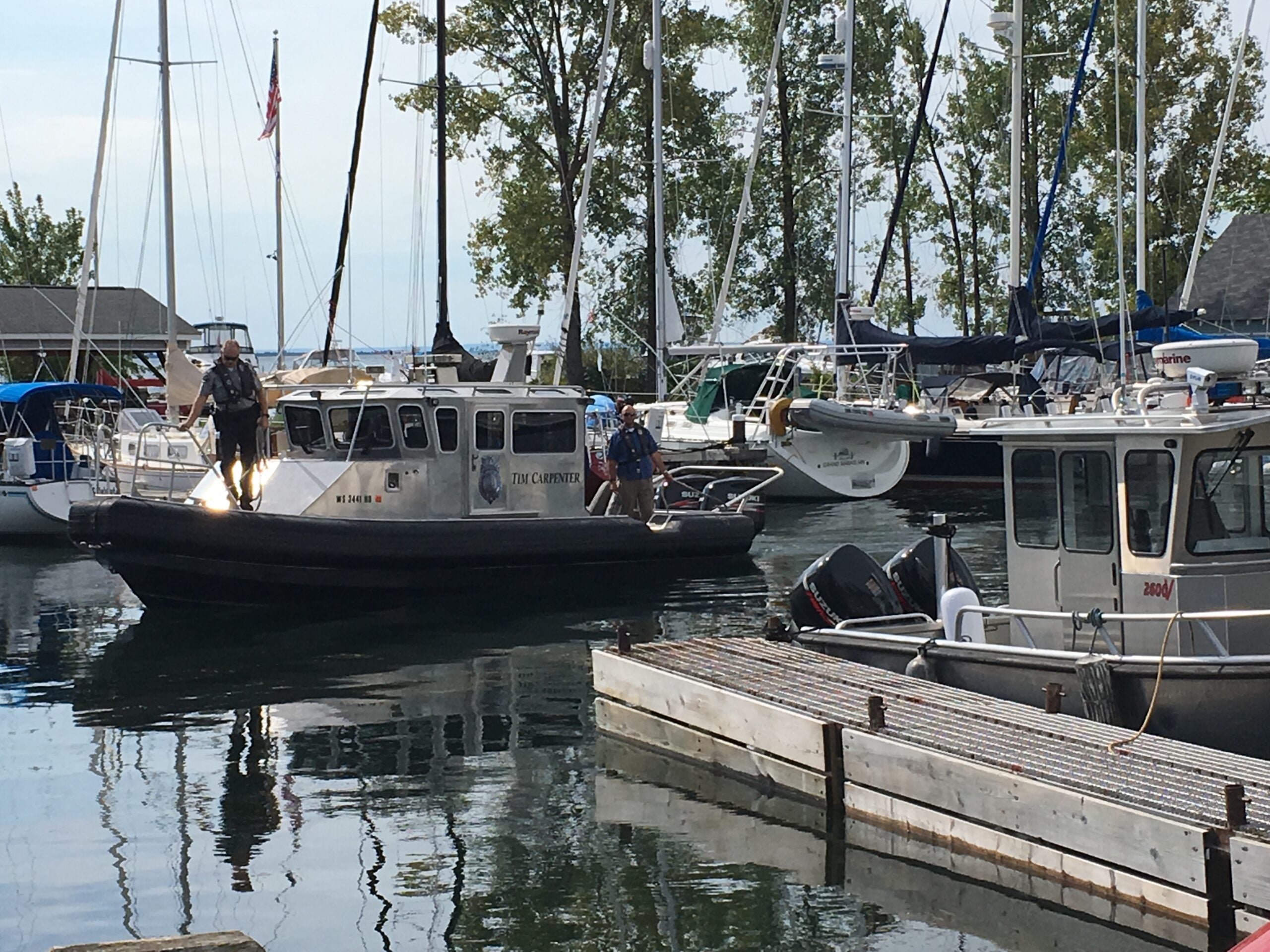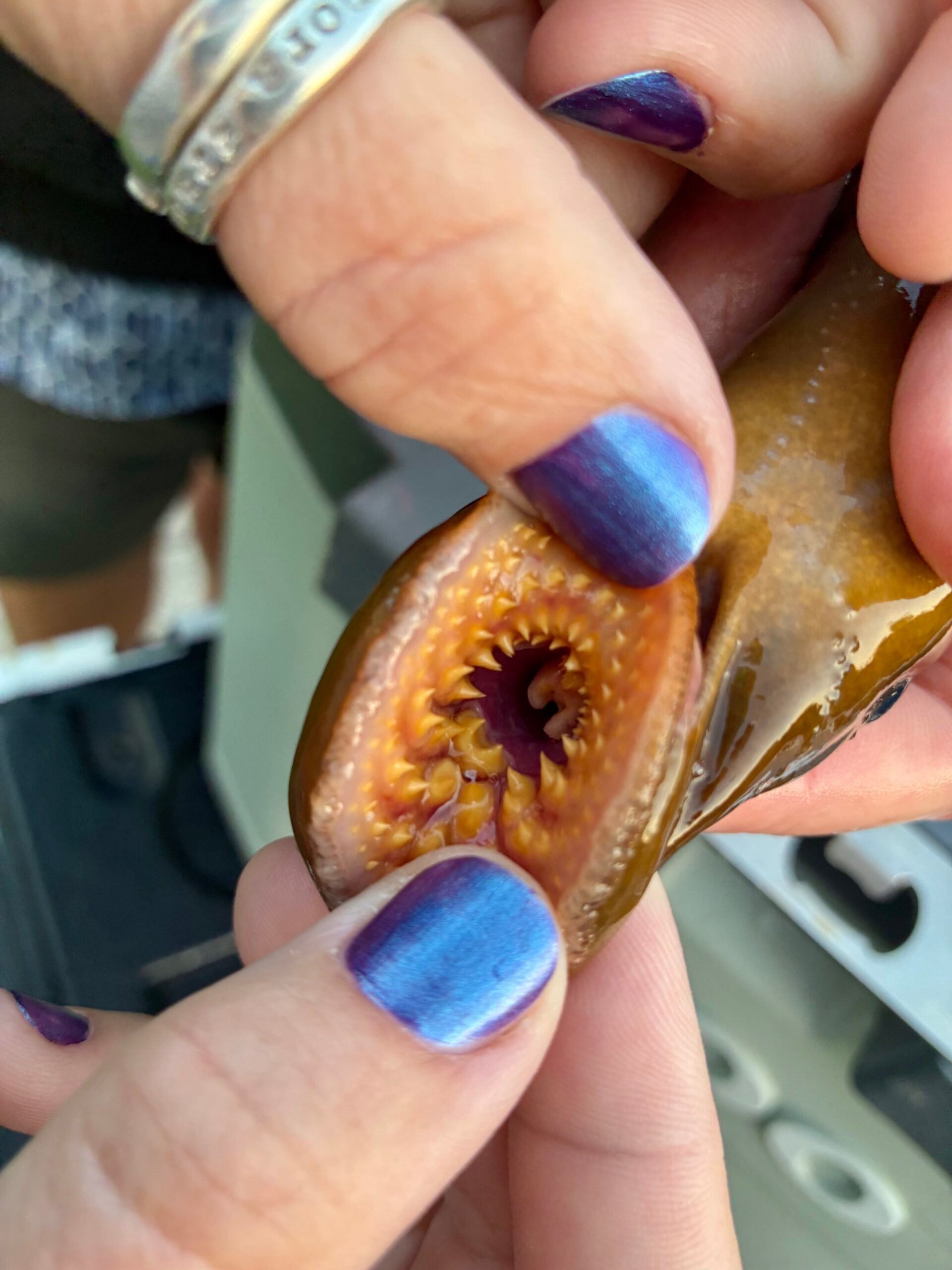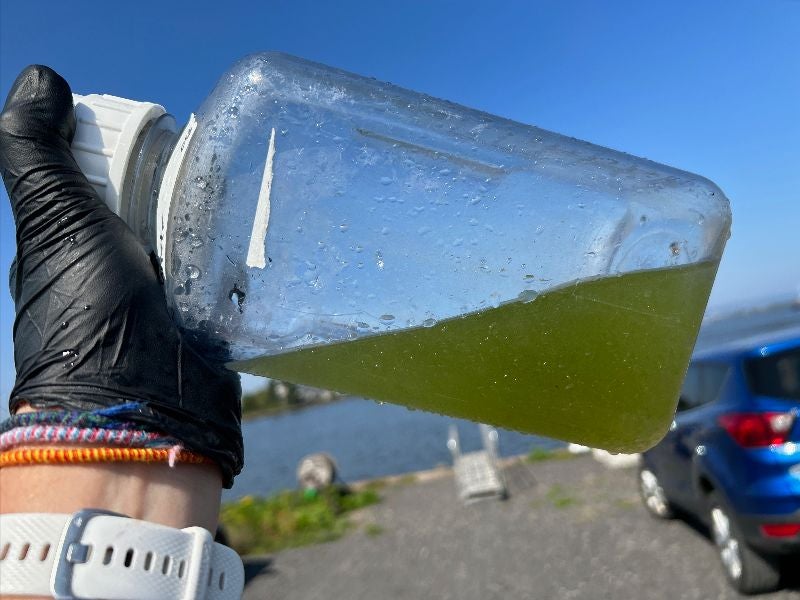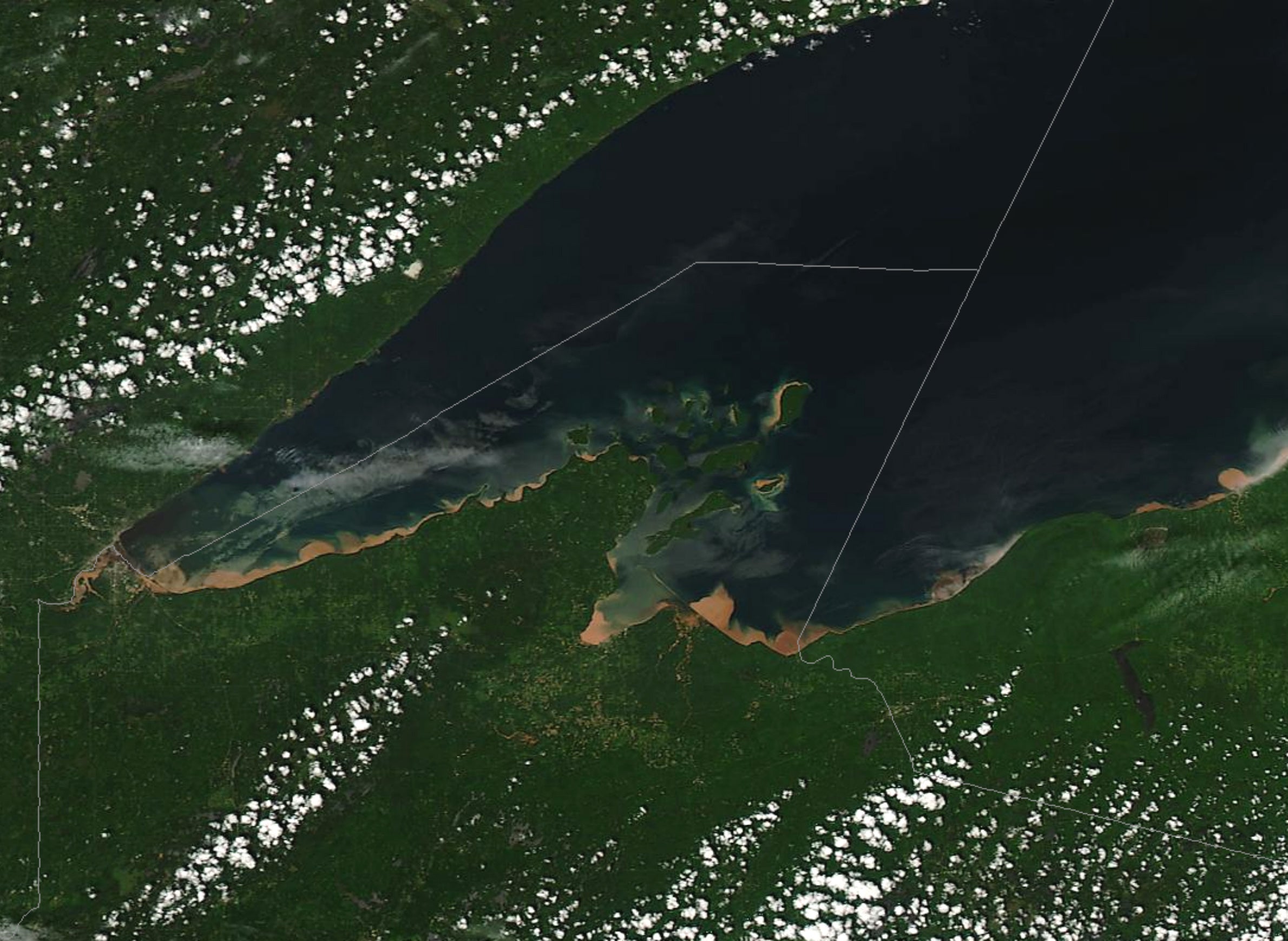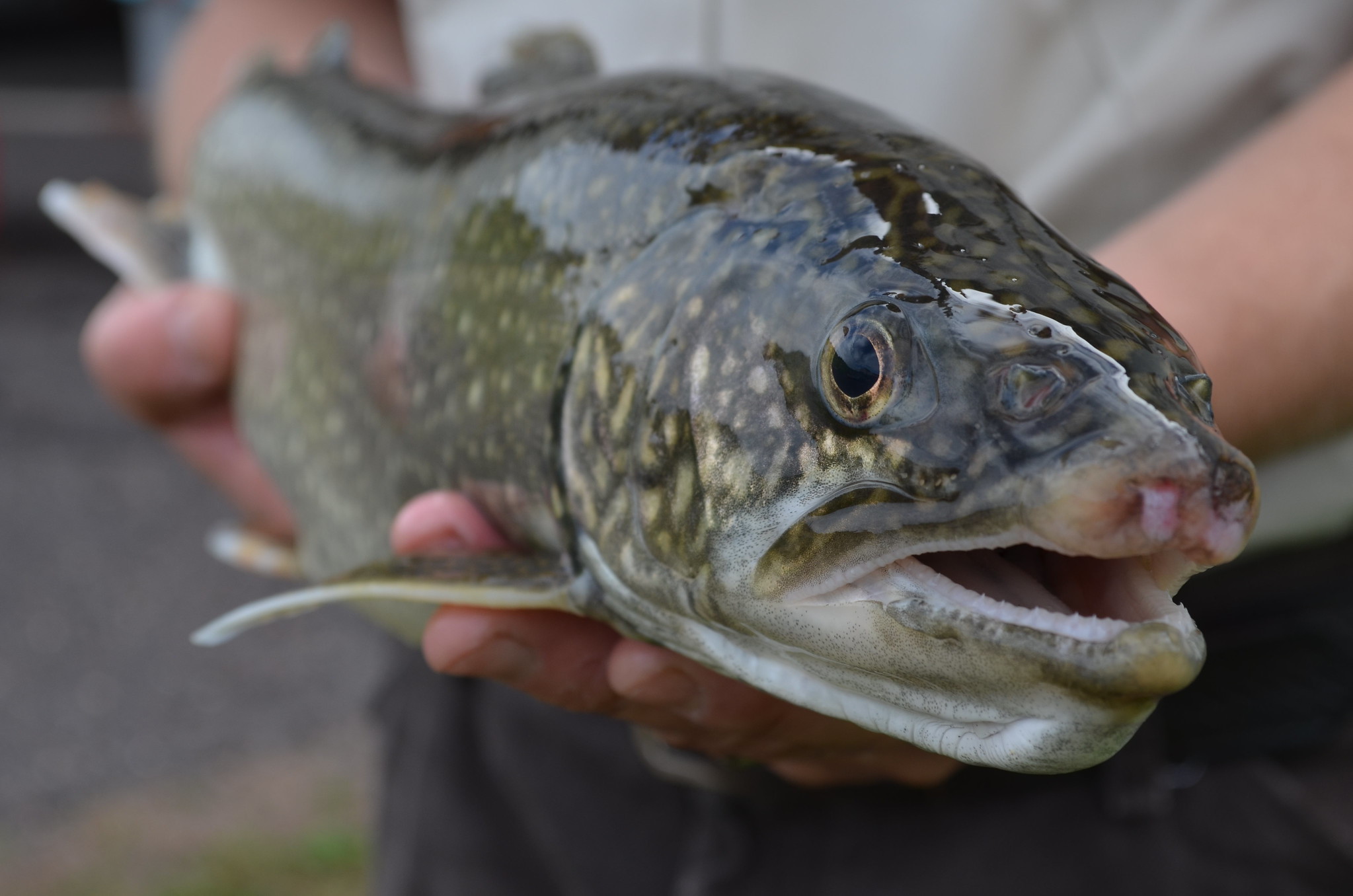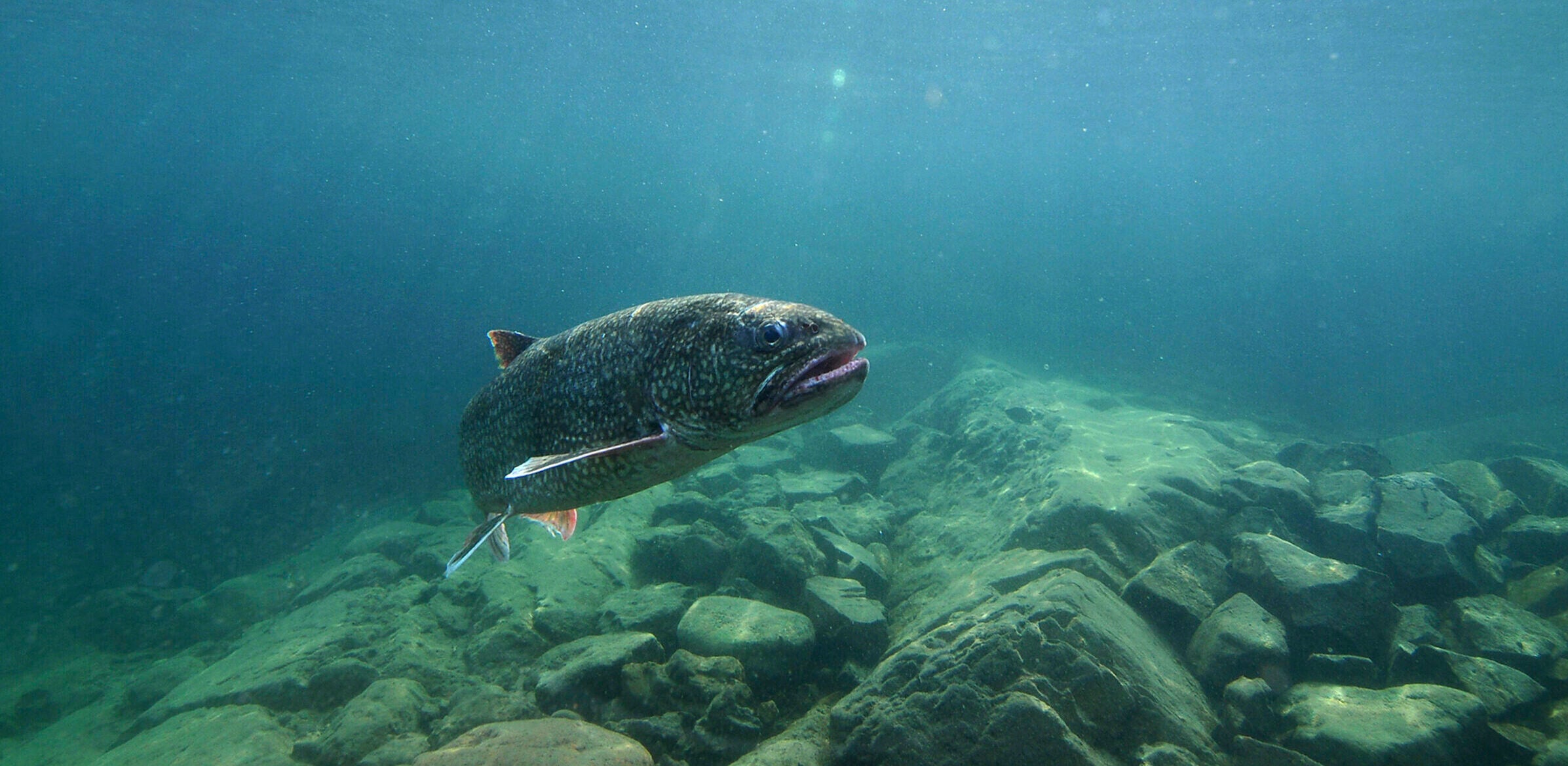The Wisconsin Department of Natural Resources held a public meeting in Ashland this week to kick off an update of its management plan for Lake Superior fisheries. The plan is nearly 30 years old.
The original document was adopted in 1988 as a 10-year plan, said senior fisheries biologist Brad Ray. The plan set eight goals that included managing sport, commercial and tribal fisheries for sustainable harvests. Ray said it also sought to maintain and enhance habitats, and control invasive sea lamprey that prey on fish.
“So that goal of just sea lamprey might have to change to a goal of all invasive species, and maybe sea lamprey becomes an objective to maintain reduced sea lamprey populations because there’s other invasive species that have become a problem,” he said.
News with a little more humanity
WPR’s “Wisconsin Today” newsletter keeps you connected to the state you love without feeling overwhelmed. No paywall. No agenda. No corporate filter.
Ray said the state will work with an advisory panel of different lake users to develop a new management plan. Around 35 people attended the meeting to offer input on what they’d like included.
“Some of the priorities that came up were ecosystem level processes, making sure we consider how everything is interrelated and we manage it as an ecosystem and put harvest into that,” Ray said.
He noted objectives under the existing plan may have inflated harvest levels for lake trout.
“Some of the commercial objectives had very specific identified targets of harvest levels,” he said. “Some of those harvest levels we might have been a little ambitious in 1988 and didn’t necessarily reach.”
As for the sport fishery, the plan outlined an annual harvest of 33,000 lake trout. But, he said harvests have been closer to 20,000 each year on average.
“In the ’80s, lake trout were just on the rise of being rehabilitated and they thought they might increase more,” he said. “The productive capacity of the lake can’t withstand quite as much harvest as we might have thought in 1988.”
In recent years, the DNR has restricted lake trout harvests for sport and commercial fishers to ensure the population remains sustainable.
Ray said the agency is accepting public input on concerns or priorities that lake users would like to see included in a new management plan.
An advisory panel will be assembled that includes input from sport, tribal and commercial fishers in addition to business, tourism and other stakeholders in the region. A series of public meetings will be held across Douglas, Ashland, Bayfield and Iron counties next spring on an initial draft of the plan.
Ray said they hope to have a final plan in place by summer 2019.
Wisconsin Public Radio, © Copyright 2026, Board of Regents of the University of Wisconsin System and Wisconsin Educational Communications Board.
